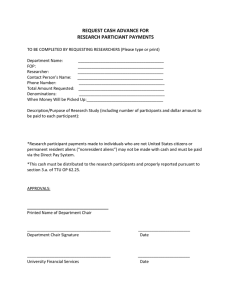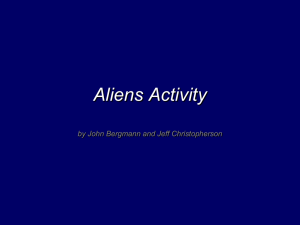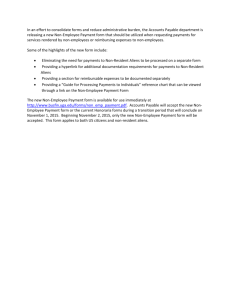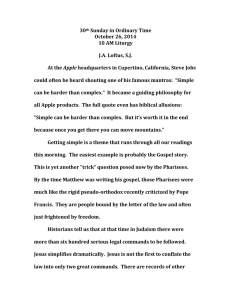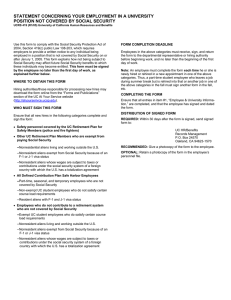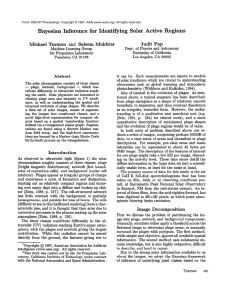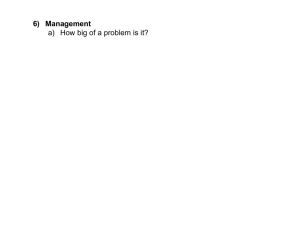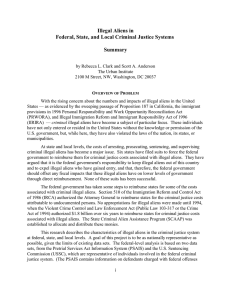Lesson Summary Teaching Time Materials per Student Prior Knowledge & Skills
advertisement
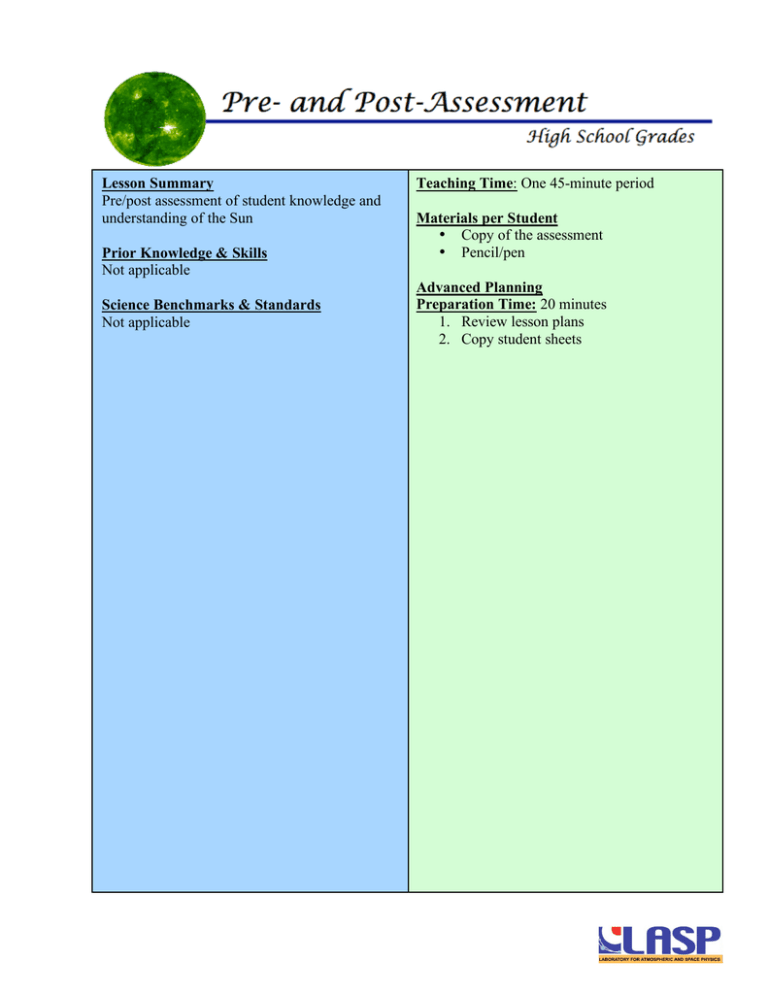
Lesson Summary Pre/post assessment of student knowledge and understanding of the Sun Prior Knowledge & Skills Not applicable Science Benchmarks & Standards Not applicable Teaching Time: One 45-minute period Materials per Student • Copy of the assessment • Pencil/pen Advanced Planning Preparation Time: 20 minutes 1. Review lesson plans 2. Copy student sheets Name Pre- and Post-Assessment Grades 9—12 Short answer/ Draw a picture 1. Describe what you think the surface of the Sun is like. 2. Draw a picture of what you think the Sun looks like up close. Label the picture as well as you can. 3. You have invented a Nobel Prize winning telescope that allows you to see inside of the Sun. Draw the Sun as you think you would see it through the telescope. Label the picture as well as you can. 4. You meet some friendly aliens who don’t understand some things about your language, but they know a lot about astronomy and your Solar System. Using their voice recognition translators, they ask you to define a “day” and a “year.” Define “day” and “year” in a way that you think the aliens will understand. 5. Think of a way to draw a “day,” and use the space below to show the idea to the aliens. (hint: Don’t forget that a full day includes the nighttime) Now, use the space below to show them your idea of the definition of “year.” Advanced Questioning Add the following vectors to establish the new direction: 1. + = 2. + = 3. 13 + = 5 4. + 4 = 3 Teacher’s Answers Name ___________________ Pre- and Post-Assessment Grades 9—12 Short answer/ Draw a picture 6. Describe what you think the surface of the Sun is like. The surface of the Sun is very active, with hot and cold spots, sunspots that move with the Sun, prominences, magnetic field activity, granulations, plage, magnetic storms, convecting gasses. Accept a variety of answers that describe an active solar surface. 7. Draw a picture of what you think the Sun looks like up close. Label the picture as well as you can. (See “Features of the Sun”) Chromosphere Prominence Plage Granulation Sun Spot Corona Photosphere Coronal Hole 8. You have invented a Nobel Prize winning telescope that allows you to see inside of the Sun. Draw the Sun as you think you would see it through the telescope. Label the picture as well as you can. 9. You meet some friendly aliens who don’t understand some things about your language, but they know a lot about astronomy and your Solar System. Using their voice recognition translators, they ask you to define a “day” and a “year.” Define “day” and “year” in a way that you think the aliens will understand. A day is when the Earth rotates on its axis one complete time, and defines an amount of time that we call a day. A year is the period defined by the Earth revolving around the Sun one complete time. Accept reasonable answers. 10. Think of a way to draw a “day,” and use the space below to show the idea to the aliens. (hint: Don’t forget that a full day includes the nighttime) DAY NIGHT Direction of Earth’s rotation Now, use the space below to show them your idea of the definition of “year.” Direction of revolution Earth in 1 year Earth today Advanced Questioning Add the following vectors to establish the new direction: 1. + = 2. + = 3. 13 + = 12 5 sqrt(132 – 52) = 12 4. + 4 A2 + B2 = C2 = 5 3 A2 + B2 = C2 sqrt(42 + 32) = 5

